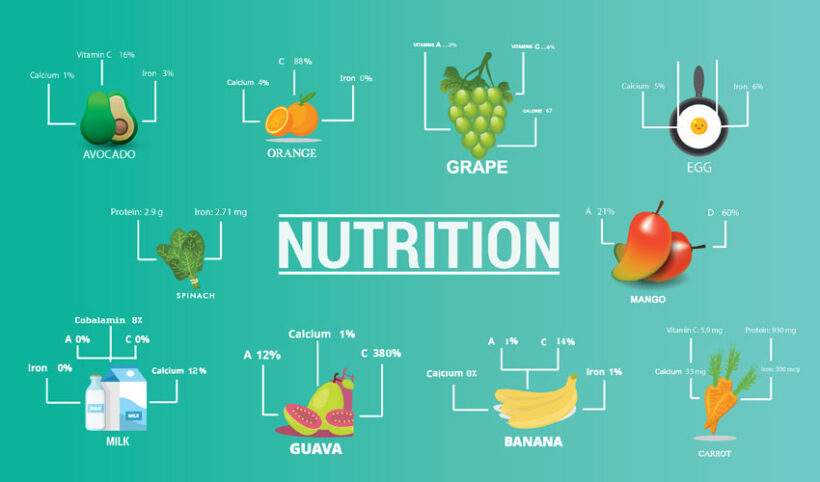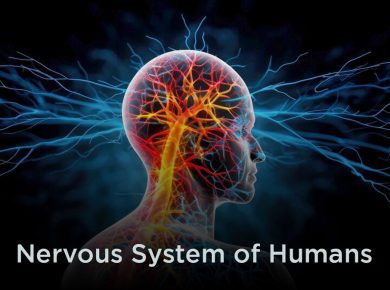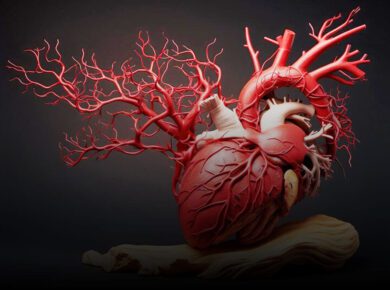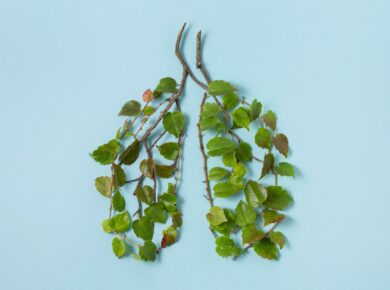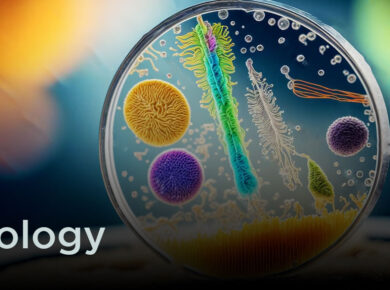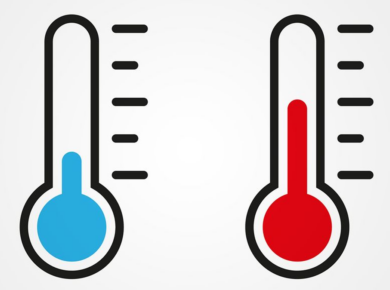Other Nutrients
Other micronutrients include antioxidants and phytochemicals. These substances are generally more recent discoveries that have not yet been recognized as vitamins or as required. Phytochemicals may act as antioxidants, but not all phytochemicals are antioxidants.
Antioxidants
As cellular metabolism/ energy production requires oxygen, potentially damaging (e.g. mutation causing) compounds known as free radical scan form. Most of these are oxidizers (i.e. acceptors of electrons) and some react very strongly. For the continued normal cellular maintenance, growth and division these free radicals must be sufficiently neutralized by antioxidant compounds.
Recently, some researchers suggested an interesting theory of evolution of dietary antioxidants. Some are produced by the human body with adequate precursors (Glutathione, Vitamin C), and those the body cannot produce may only be obtained in the diet via direct sources (Vitamin C in humans, Vitamin A, Vitamin K) or produced by the body from other compounds (Beta carotene converted to Vitamin A by the body, Vitamin D synthesized from cholesterol by sunlight). Phytochemicals (Section Below) and their subgroup, polyphenols, make up the majority of antioxidants about 4000 are known.
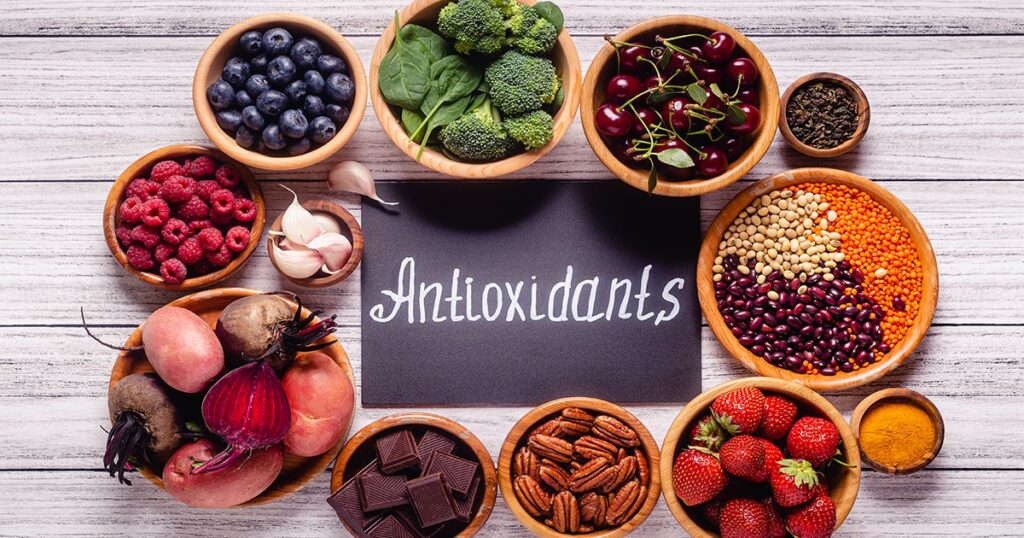
Different antioxidants are now known to function in a cooperative network. For example, Vitamin C can reactivate free radical containing glutathione or Vitamin E by accepting the free radical itself. Some antioxidants are more effective than others at neutralizing different free radicals. Some cannot neutralize certain free radicals. Some cannot be present in certain areas of free radical development (Vitamin A is fat-soluble and protects fat areas, Vitamin C is water soluble and protects those areas).
When interacting with a free radical, some antioxidants produce a different free radical compound that is less dangerous or more dangerous than the previous compound. Having a variety of antioxidants allows any by products to be safely dealt with by more efficient antioxidants in neutralizing a free radical’s butterfly effect.
Although initial studies suggested that antioxidant supplements might promote health, later large clinical trials did not detect any benefit and suggested instead that excess supplementation may be harmful.
Phytochemicals
A growing area of interest is the effect upon human health of trace chemicals, collectively called phytochemicals. These nutrients are typically found in edible plants, especially colorful fruits and vegetables, but also other organisms including seafood, algae and fungi. The effects of phytochemicals increasingly survive rigorous testing by prominent health organizations.
One of the principal classes of phytochemicals are polyphenol antioxidants, chemicals that are known to provide certain health benefits to the cardiovascular system and immune system. These chemicals are known to down-regulate the formation of reactive oxygen species, key chemicals in cardiovascular disease.
Perhaps the most rigorously tested phytochemical is zeaxanthin, a yellow pigmented carotenoid present in many yellow and orange fruits and vegetables. Repeated studies have shown a strong correlation between ingestion of zeaxanthin and the prevention and treatment of age-related macular degeneration (AMD). Less rigorous studies have proposed a correlation between zeaxanthin intake and cataracts.
A second carotenoid, lutein has also been shown to lower the risk of contracting AMD. Both compounds have been observed to collect in the retina when ingested orally, and they serve to protect the rods and comes against the destructive effects of light.
Another carotenoid, beta cryptoxanthin, appears to protect against chronic joint inflammatory disease, such as arthritis. While the association between serum blood levels of betacryptoxanthin and substantially decreased joint disease has been established, neither a convincing mechanism for such protection nor a cause-and-effect have been rigorously studied. Similarly, a red phytochemical, lycopene, has substantial credible evidence of negative association with development of prostate cancer.
As indicated above, some of the correlations between the ingestion of certain phytochemicals and the prevention of disease are in some cases enormous in magnitude. Yet, even when the evidence is obtained, translating it to practical dietary advice can be difficult and counterintuitive. Lutein, for example occurs in many yellow and orange fruits and vegetables and protests the eyes against various diseases.
However, it does not protect the eye nearly as well as zeaxanthin, and the presence of lutein in the retina will prevent zeaxanthin uptake. Additionally, evidence has shown that the lutein present in egg yolk is more readily absorbed than the lutein from vegetable sources, possibly because of fat solubility. At the most basic level, the question “should you eat eggs” is complex to the point of dismay, including misperceptions about the health effects of cholesterol in egg yolk, and its saturated fat content.
As another example, lycopene is prevalent in tomatoes (and actually is the chemical that gives tomatoes their red color). It is more highly concentrated, however, in processes tomato products such as commercial pasta sauce, or tomato soup, than in fresh “healthy” tomatoes. Yet such sauces tend to have high amounts of salt, sugar other substances a person may wish or even need to avoid.
The following table presents phytochemical groups and common sources, arranged by family.
Family Sources Possible benefits
- Flavonoids
- Berries, herbs, vegetables, wine, grapes, tea
- General antioxidant, oxidation of LDLs, prevention of arteriosclerosis and heart disease
- Isoflavones (phytoestrogens)
- Soy, red clover, kudzu root
- General antioxidant, prevention of arteriosclerosis and heart disease, easing symptoms of menopause, cancer prevention.
- Isothiocyanates Cruciferous vegetables cancer prevention
- Monoterpenes Citrus peels, essential oils, herbs, spices, green plants, atmosphere, cancer prevention, treating gallstones.
- Organosulfur compounds
- Chives, garlic, onions cancer prevention, lowered LDLs, assistance to the immune system
- Saponins Beans, Cereals, herbs
- Hypercholesterolemia, Hyperglycemia, Antioxidant, cancer prevention, Anti inflammatory
- Capsaicinoids
- All peppers topical pain relief, cancer prevention, cancer cell apoptosis
Malnutrition
Malnutrition refers to insufficient excessive, or imbalanced consumption of nutrients by and organism. In developed countries, the disease of malnutrition are most often associated with nutritional imbalanced or excessive consumption.
Although there are more organisms in the world who are malnourished due to insufficient consumption, increasingly more organisms suffer from excessive over-nutrition: a problem caused by an over abundance of sustenance coupled with the instinctual desire (by animals in particular) to consume all that it can.
Nutritionism is the view that excessive reliance on food science and the study of nutrition can, paradoxically, lead to poor nutrition and to ill health. It was originally credited to Gyorgy Scrinis and was popularized by Michael Pollan. Since nutrients are invisible, policy makers rely on nutrition experts to advise on food choices. Because science has an incomplete understanding of how food affects the human body, Pollan argues, nutritionism can be blamed for many of the health problems relating to diet in the Western World today.
Insufficient
Under consumption generally refers to the long-term consumption of insufficient sustenance in relation to the energy that an organism expends or expels, leading to poor health. Excessive over consumption generally refers to the long-term consumption of excess sustenance in relation to the energy that an organism expends or expels, leading to poor health and in animals, obesity. It can cause excessive hair loss, brittle nails and irregular premenstrual cycles for females.
Unbalanced
When too much of one or more nutrients is present in the diet to the exclusion of the proper amount of other nutrients, the diet is said to be unbalanced.
- Illnesses caused by improper nutrient consumption
- Nutrients Deficiency Excess
- Macronutrients
- Calories Starvation, marasmus Obesity, diabetes mellitus, cardiovascular disease
- Simple carbohydrates
- None Obesity diabetes mellitus, cardiovascular disease
- Complex carbohydrates
- Micronutrients deficiency
- Obesity, cardiovascular disease (high glycemic index foods)
- Protein Kwashiorkor Rabbit starvation, ketoacidosis (in diabetics)
- Saturated obesity, cardiovascular disease
- Trans fat none obesity, cardiovascular disease
- Unsaturated fat-soluble vitamin fat deficiency
- Obesity, cardiovascular disease
For more updates, visit www.iasmania.com. Please share your thoughts and comments.
If you’re passionate about building a successful blogging website, check out this helpful guide at Coding Tag – How to Start a Successful Blog. It offers practical steps and expert tips to kickstart your blogging journey!
